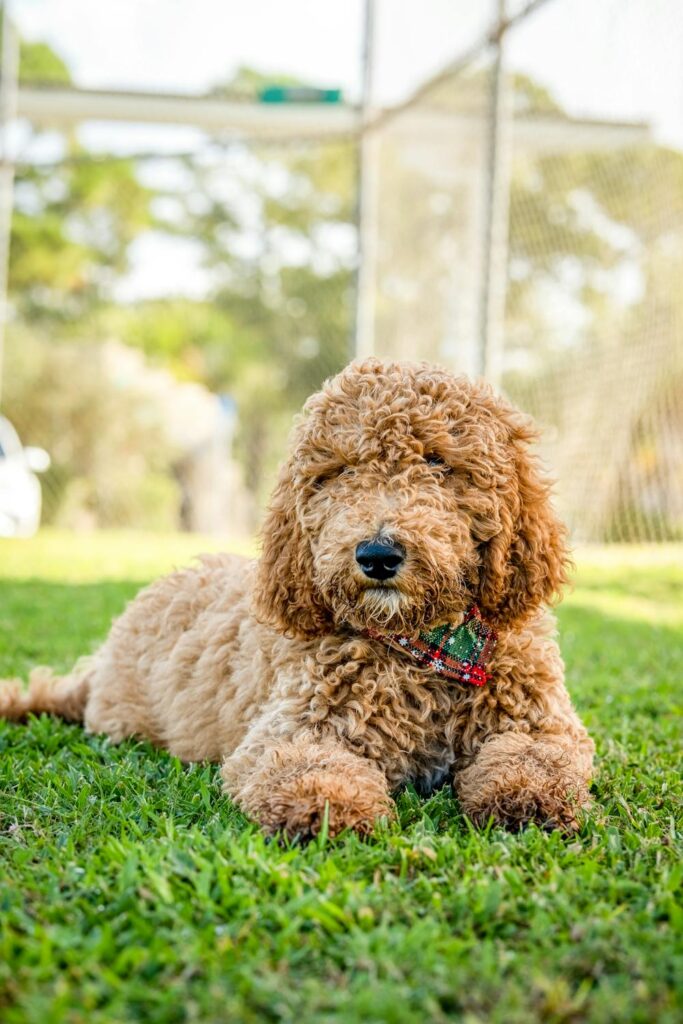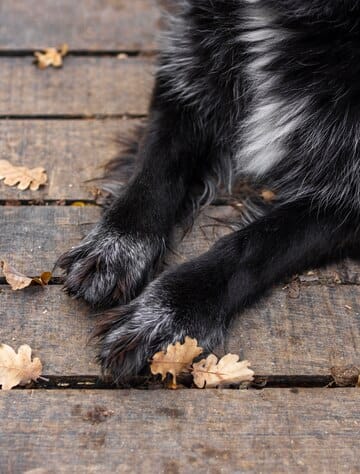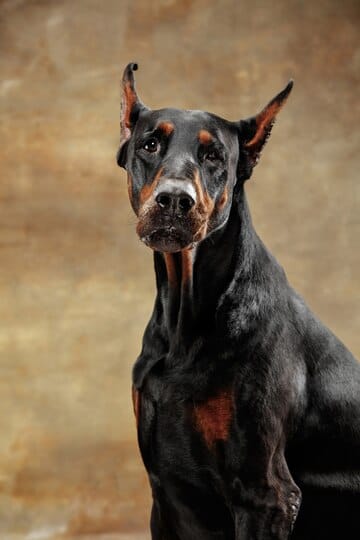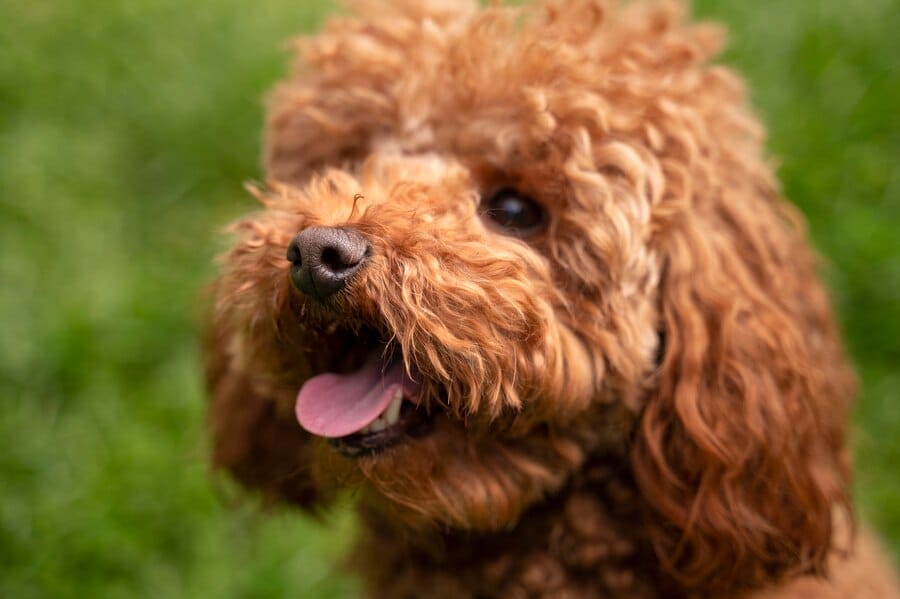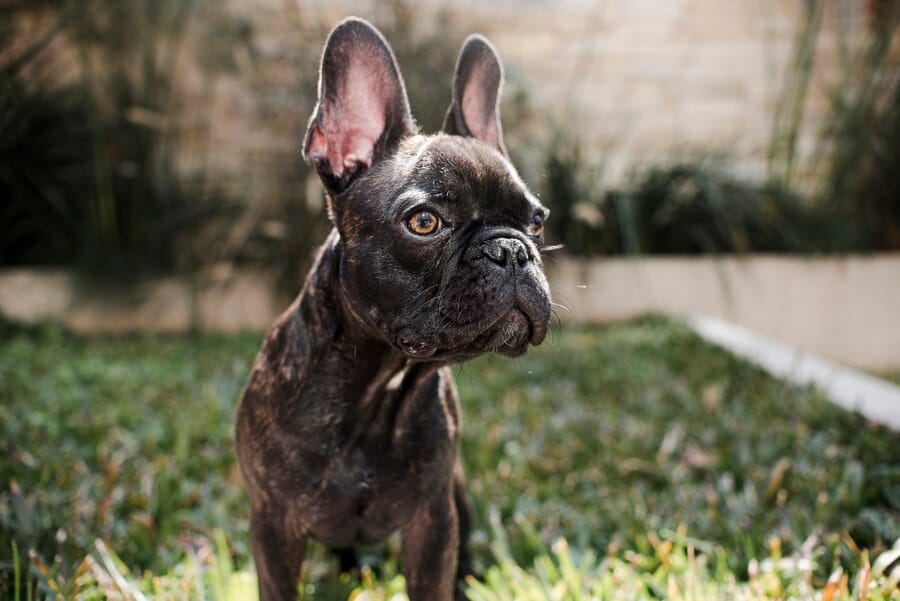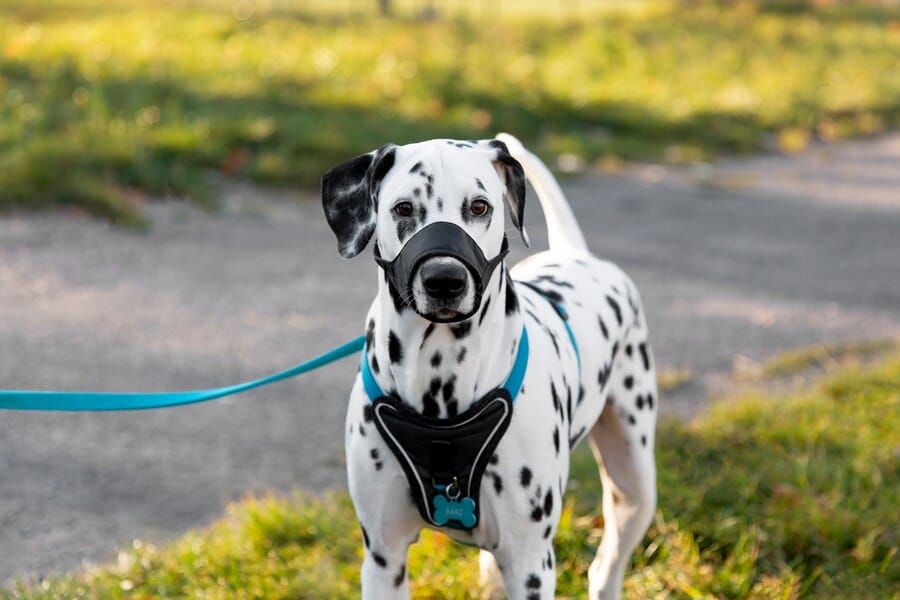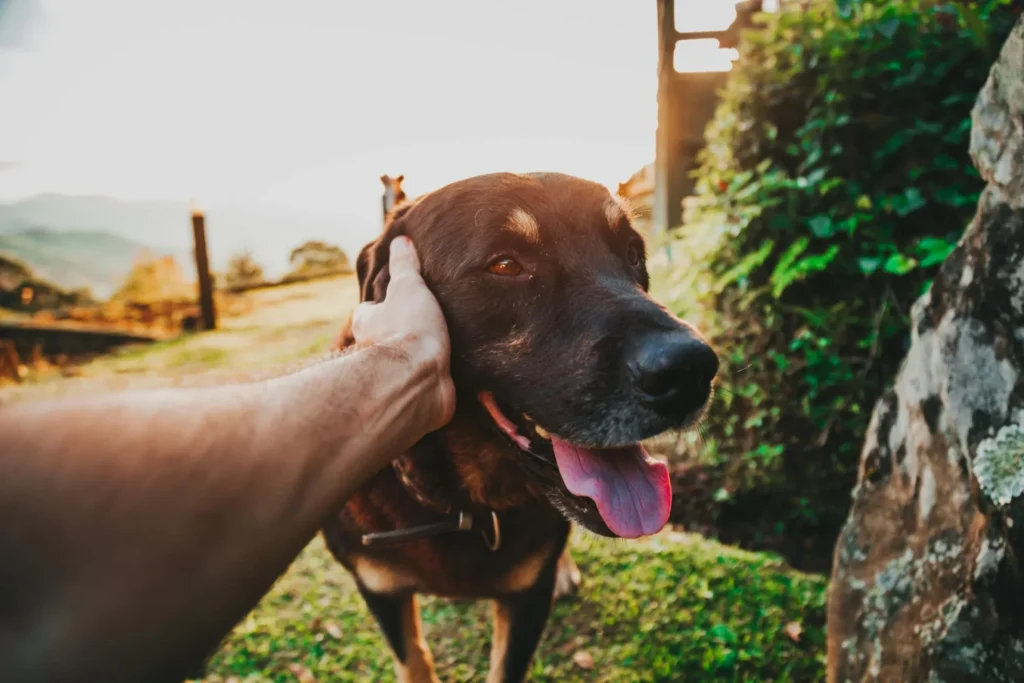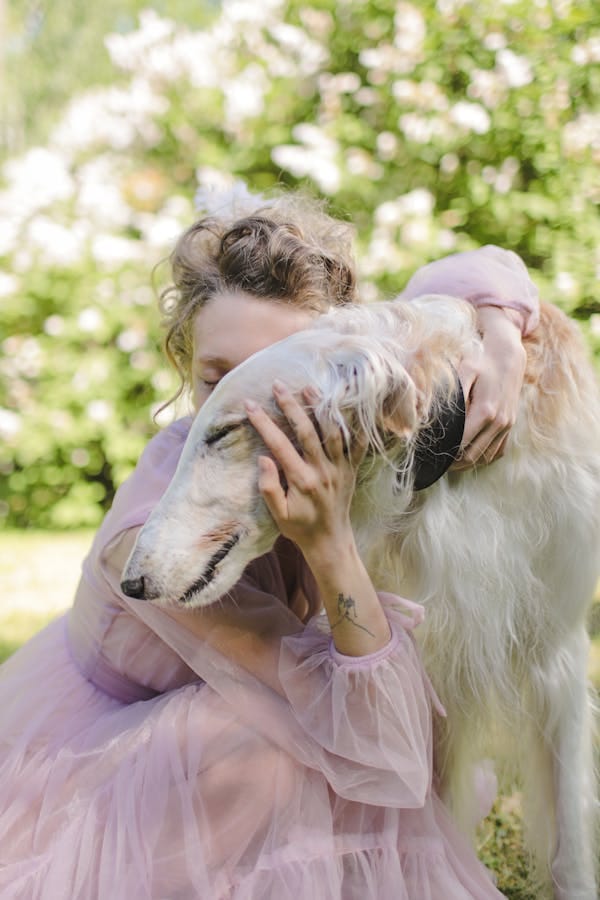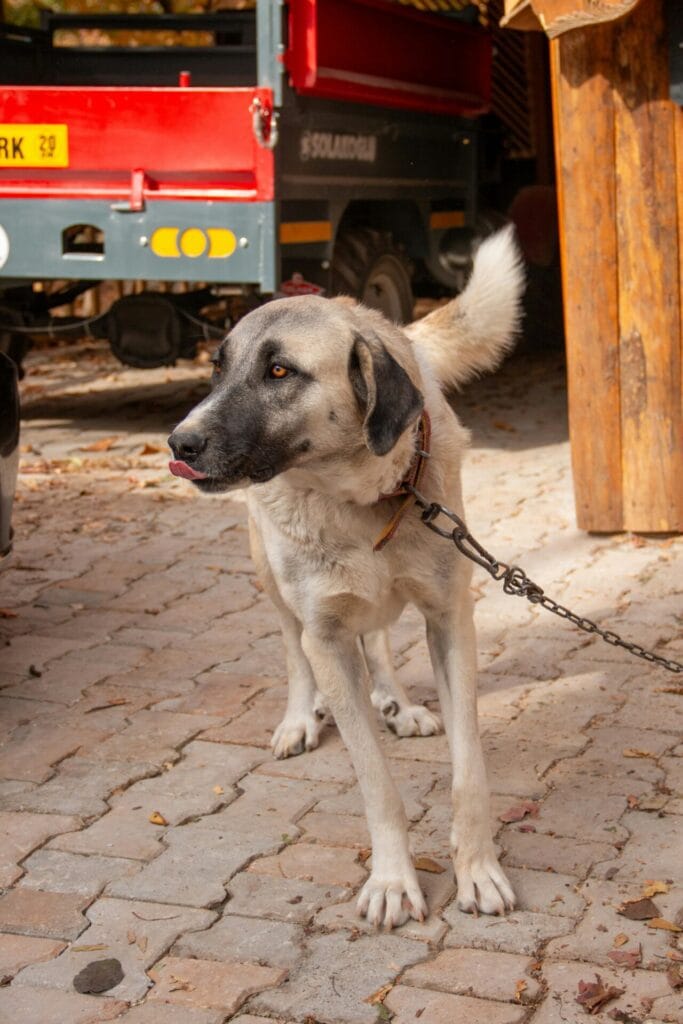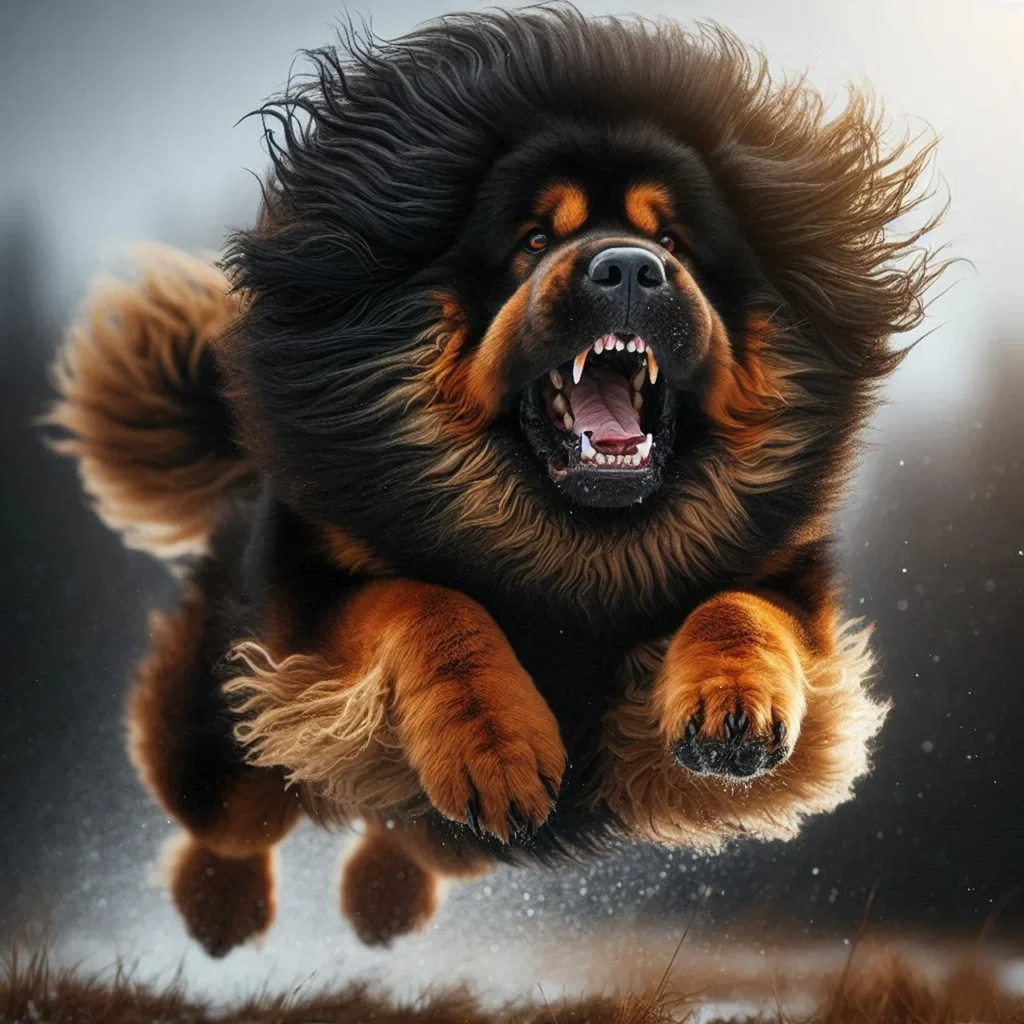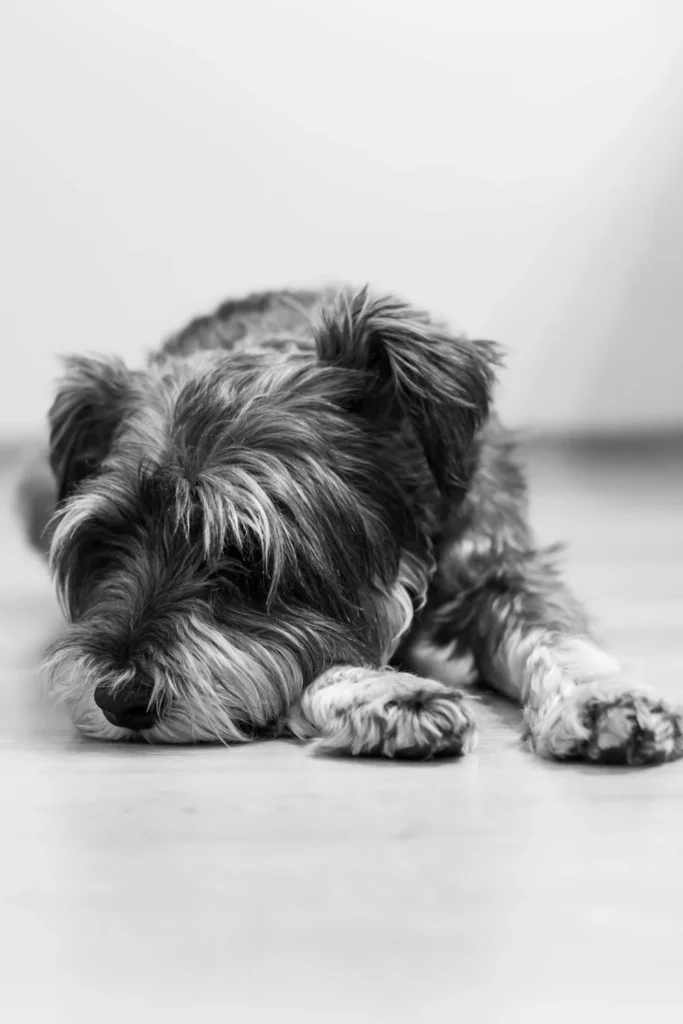- Introduction: The Stairway to Canine Heaven (or Anxiety)? 🐶🪜
- Can Dogs Go Up Stairs? The Pawsibilities and Pitfalls 🐕🦺🚶♂️
- Small Dogs and Stairs: Tiny Paws, Big Challenges 🐩🪜
- Large Dogs and Stairs: Big Paws, Bigger Considerations 🐕🦺🏋️♂️
- Dog Breeds That Can Climb Stairs: The Natural Stair Masters 🏆🐕
- Dog Breeds That Struggle with Stairs: The Ground-Floor Gang 🛋️🐶
Introduction: The Stairway to Canine Heaven (or Anxiety)? 🐶🪜
Stairs are a common feature in many homes, but for our furry friends, they can be either an exciting challenge or a daunting obstacle. When it comes to Rottweilers, large and powerful dogs known for their strength and agility, the question of stair-climbing ability is particularly intriguing. In this comprehensive guide, we’ll dive into the broader topic of dogs and staircases, covering everything from tiny Chihuahuas to massive Great Danes.
Can Dogs Go Up Stairs? The Pawsibilities and Pitfalls 🐕🦺🚶♂️
Before we focus on Rottweilers, let’s address the general question: Can dogs go up stairs? The short answer is yes, most dogs can physically climb stairs. However, the real question is whether they should, and how easily they can do so. Several factors come into play:

Factors Affecting a Dog’s Ability to Climb Stairs:
- Size and Breed: Some breeds are naturally more adept at stair climbing than others.
- Age: Puppies and senior dogs may struggle more with stairs.
- Health Condition: Joint issues, obesity, or other health problems can impact stair-climbing ability.
- Experience: Dogs who haven’t been exposed to stairs may be hesitant or clumsy at first.
- Stair Design: The steepness, material, and design of the stairs can affect a dog’s ability to climb them safely.
Let’s break this down further by looking at how different sizes of dogs handle stairs.
Small Dogs and Stairs: Tiny Paws, Big Challenges 🐩🪜
Small dogs, with their little legs and compact bodies, face unique challenges when it comes to stair climbing. Let’s explore the pros and cons:
Advantages for Small Dogs:
- Lighter weight puts less strain on joints
- Often more agile and nimble
- Can more easily be carried if needed
Challenges for Small Dogs:
- Steps may be proportionally larger, requiring more effort
- Risk of injury from falling is higher due to their small size
- May struggle with slippery surfaces more than larger dogs
Examples of Small Dogs and Their Stair-Climbing Abilities:
| Breed | Stair-Climbing Ability | Notable Factors |
|---|---|---|
| Chihuahua 🇲🇽 | Moderate | Short legs can make stairs challenging, but light weight helps |
| Dachshund 🌭 | Limited | Long body, short legs increase risk of back injuries |
| Pomeranian 🦊 | Good | Agile and energetic, but may struggle with very steep stairs |
| Jack Russell Terrier 🏃♂️ | Excellent | High energy and athleticism make them natural climbers |
| Pug 🐽 | Limited | Brachycephalic breeds may have breathing issues during climbing |
Precautions for Small Dogs:
- Install Ramps: For dogs that struggle, ramps can be a safer alternative.
- Use Gates: Block access to stairs when supervision isn’t possible.
- Provide Traction: Add non-slip surfaces to stairs to prevent slipping.
- Regular Exercise: Keep your small dog fit to help with overall mobility.
Large Dogs and Stairs: Big Paws, Bigger Considerations 🐕🦺🏋️♂️
Large dogs, including our focus breed Rottweilers, have their own set of considerations when it comes to stair climbing. Let’s examine the situation for these bigger canines:
Advantages for Large Dogs:
- Longer legs can make step navigation easier
- Generally stronger, which can aid in climbing
- Less likely to be injured from small falls
Challenges for Large Dogs:
- More weight puts additional strain on joints
- May struggle with narrow or winding staircases
- Potential for more severe injuries if falls occur
Examples of Large Dogs and Their Stair-Climbing Abilities:
| Breed | Stair-Climbing Ability | Notable Factors |
|---|---|---|
| Rottweiler 💪 | Good | Strong and agile, but weight can be an issue for joints |
| Labrador Retriever 🏊♂️ | Excellent | Athletic build and energy make them adept climbers |
| Great Dane 🦒 | Moderate | Long legs help, but size can be challenging on narrow stairs |
| Saint Bernard 🏔️ | Limited | Heavy weight and large size can make stairs difficult |
| German Shepherd 🐺 | Excellent | Agile and intelligent, they usually handle stairs well |
Precautions for Large Dogs:
- Joint Health: Regular check-ups to monitor for conditions like hip dysplasia.
- Weight Management: Keeping large dogs at a healthy weight reduces strain on joints.
- Stair Training: Teach large dogs to take stairs slowly to prevent rushing and potential accidents.
- Consider Stair Width: Ensure staircases are wide enough for large breeds to navigate comfortably.
Dog Breeds That Can Climb Stairs: The Natural Stair Masters 🏆🐕
While most dogs can learn to climb stairs, some breeds are particularly well-suited to the task. Let’s look at some of the breeds that excel at stair climbing:
Top Stair-Climbing Breeds:
| Breed | Stair-Climbing Prowess | Key Traits |
|---|---|---|
| Border Collie 🧠 | Exceptional | High intelligence and agility make stairs a breeze |
| Australian Shepherd 🤠 | Excellent | Athletic build and energy contribute to stair-climbing skills |
| Vizsla 🏃♀️ | Outstanding | Known for their athleticism and love of exercise |
| Doberman Pinscher 👮♂️ | Very Good | Sleek, athletic build aids in navigating stairs |
| Standard Poodle 🐩 | Excellent | Intelligent and agile, they handle stairs with grace |
Why These Breeds Excel:
- Physical Build: Athletic bodies with strong legs and good coordination.
- Intelligence: Quick learners who can understand and navigate stairs easily.
- Energy Levels: High-energy breeds often enjoy the challenge of stairs.
- Agility: Natural agility translates well to stair climbing.
Dog Breeds That Struggle with Stairs: The Ground-Floor Gang 🛋️🐶
On the flip side, some dog breeds have more difficulty with stairs due to their physical characteristics or health predispositions. Let’s examine these breeds:
Breeds That May Struggle with Stairs:
| Breed | Stair-Climbing Ability | Reasons for Difficulty |
|---|---|---|
| Basset Hound 🌭 | Poor | Short legs, long body increase risk of back injuries |
| Bulldog 🥊 | Limited | Brachycephalic, prone to breathing issues and joint problems |
| Corgi 👑 | Moderate | Short legs can make stairs challenging, prone to back issues |
| Dachshund 🌭 | Poor | Long back, short legs increase risk of intervertebral disk disease |
| Shih Tzu 🎀 | Limited | Small size and potential for breathing issues can make stairs difficult |
Why These Breeds Struggle:
- Physical Structure: Short legs, long bodies, or large, heavy builds can make stairs challenging.
- Breathing Issues: Brachycephalic breeds may have difficulty with the exertion required.
- Joint and Back Problems: Some breeds are predisposed to conditions that make stair climbing painful or risky.
- Size: Very small breeds may find standard stairs too large to navigate comfortably.

